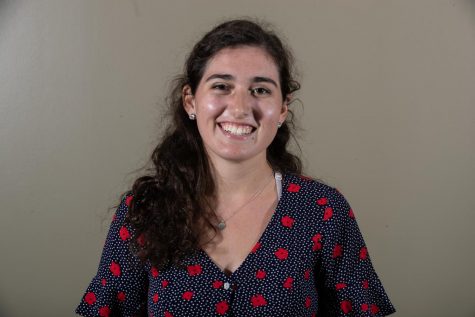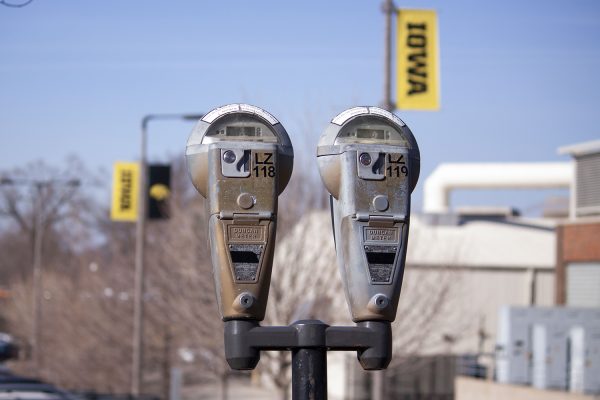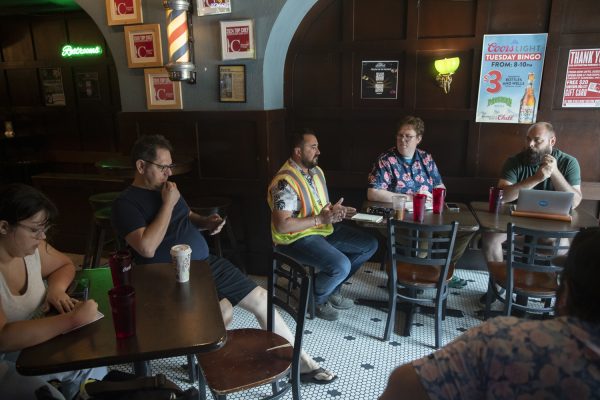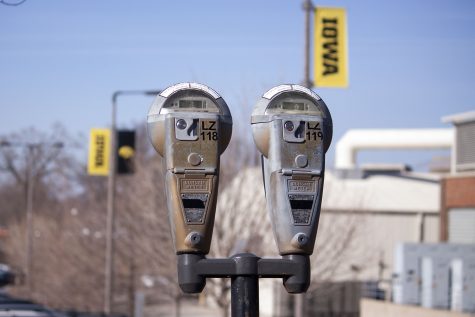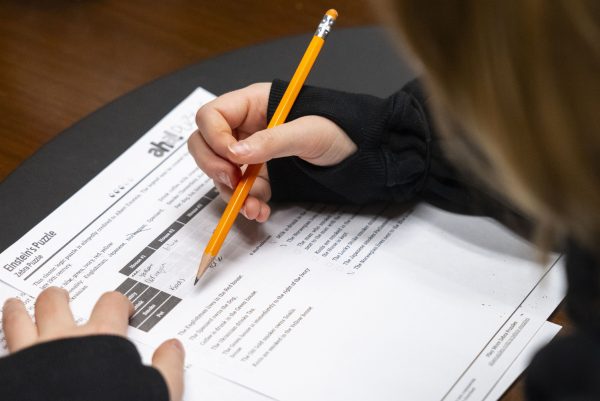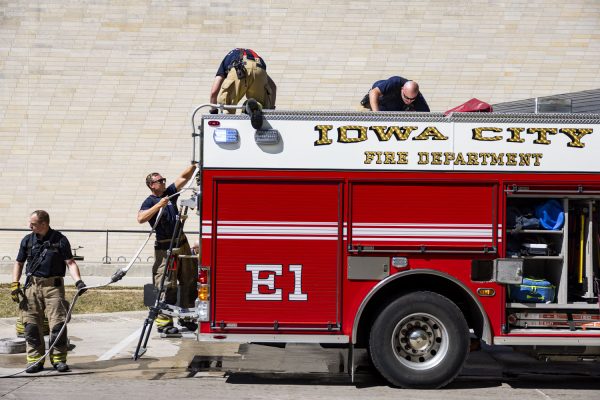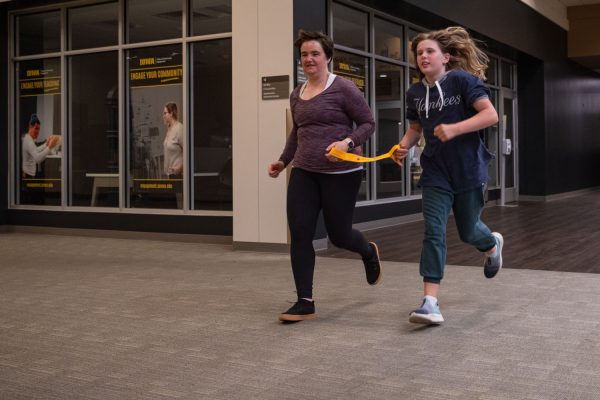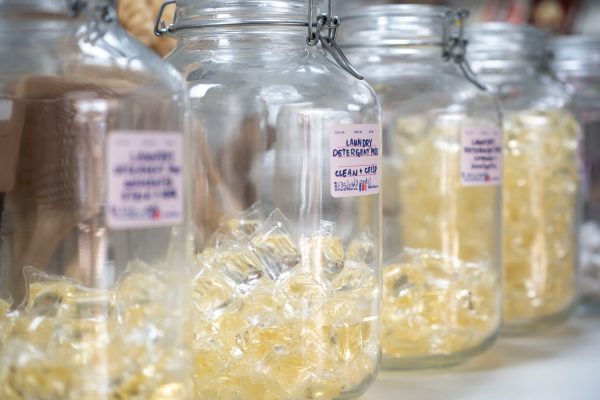As vaccinations continue, Iowa City leaders consider various ways to boost local economic activity
The Downtown Recovery Brief outlines various new grant and incentive programs, winterization efforts, and other plans for Iowa City’s downtown district.
The Ped Mall is seen on Saturday, April 4, 2020. Downtown was quiet during the first weekend after spring break as classes have been moved online and the bars closed due to coronavirus.
April 26, 2021
As the economy continues to recover from the COVID-19 pandemic, local leaders are creatively envisioning the revival of Iowa City’s downtown district.
After releasing a comprehensive COVID-19 Downtown Recovery Brief, the downtown district hopes to eventually attract more businesses and consumers to the downtown area. The downtown district hopes to achieve this through a variety of incentives and community improvement efforts.
One of the main programs within the recovery plan looks to boost the retail presence within Iowa City’s downtown district. The program is offering $15,000 grants to all new retailers that sign leases in the downtown area provided that they meet the necessary criteria within the Retail Strategy Plan. New retailers will also get complimentary access to the city’s delivery service for a year.
Nancy Bird, executive director of Iowa City’s Downtown District, said one of the driving motivators for the creation of the program is to attract retailers that may have otherwise been on the fence about opening a retail store in the area.
“We knew that we needed to strengthen inclusivity and the business atmosphere,” Bird said.
Bird said the grant program is mostly about maintaining a healthy balance of businesses within the area as restaurants continue to take over many vacancies. But the retail industry itself is still performing relatively well locally, Bird added.
“We have some retail stores that have opened up during the pandemic that are doing well,” Bird said. “There is still interest in retail.”
Iowa City’s Economic Development Coordinator Wendy Ford said the problem with restaurants taking over so many local vacancies is that they require complex commercial kitchen equipment to be installed. As a result, it is difficult to use these spaces for other purposes in the future.
This could ultimately lead to an imbalance in the type of businesses and services available downtown.
“It’s best to have a healthy mix of restaurants, retailers, and other services,” Ford said. “When owners change, there is a high likelihood that the restaurant equipment stays in the facility.”
Bird added that the retail grant program will be reevaluated for continuation depending on its success in attracting businesses.
Another innovative way the downtown district hopes to boost economic activity is through new winterization efforts, which would make outdoor activities such as outdoor dining and shopping more comfortable during the cold winter months.
President of Iowa City’s Downtown District Nick Lindsley said ideally this plan would create a culture of embracing winter and keep economic activity more consistent. The plans could yield four-season heated patios for outdoor dining, outdoor winter vendors on the streets, and other outdoor winter events, he said.
“I think it would be a huge [economic] boost,” Lindsley said. “Anytime you find ways to get more feet on the street and in front of businesses, they’re also likely to go into those businesses.”
However, Lindsley said he recognizes that this process is inherently gradual and will require close collaboration with city officials to adjust policies, such as rewriting zoning codes.
Ford added that while she is generally supportive of the idea, she has concerns that the effectiveness of these plans will wane in the coldest times of the year.
Upper Midwestern downtown areas also tend to lack the infrastructure required for these fires and other heating systems, Ford said.
In addition, the heating systems could create new fire hazards. Such challenges may make it difficult to ultimately winterize the downtown district anytime soon.
“[These hazards] have not been considered by fire departments,” Ford said.
Ford said despite the challenges, she looks forward to continuing to collaborate closely with leaders within the Downtown District to create an appealing downtown area.
“It requires a real sort-of collaborative approach,” Ford said.




